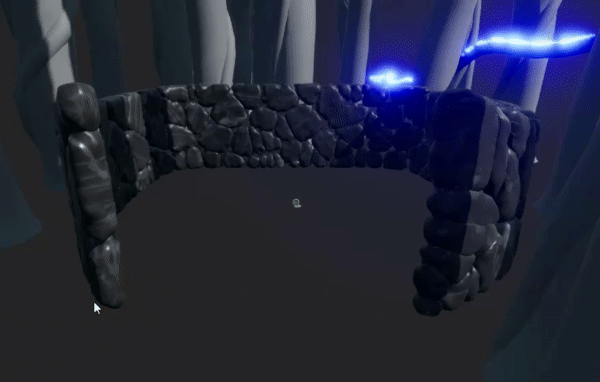Last Year’s Bones — Collage of a Year
WIP · Study Archive · Updated 11 Aug 2025
Why This Exists
Last Year’s Bones is my way to make teaching at TGA actually stick.
Rigging, Houdini tools, materials, timing, animation, rendering — I needed one place
to weave those lessons together. It’s a collage of studies folded into a single mood piece.
About This Project
Last Year’s Bones combines several studies into one collage project — a serpent rig, humanoid + wings, stone wall tool, and vine growth system. Each part taught me something unique about procedural workflows, rigging, and materials.
- Serpent: Modeled the head in Maya, then built a Houdini tool to procedurally rig, animate, and control body length. UV mapped + textured the body. Learned procedural UV mapping, normals/tangents, and how to drive animation procedurally.
- Humanoid + Wings: Used viewport textures with Sobel edge detection for a stylized line look. Modeled a humanoid + wings, rigged and skinned both (tested volumetric skinning per joint). Practiced different skinning workflows.
- Stone Wall Tool: First time tackling hard-edge materials in a procedural workflow. Learned the importance of splitting normals at UV seams, and planning graphic normals properly for baked maps and shading.
- Vines: Started as a VFX sketch → evolved into a procedural growth tool. Learned to manipulate data per frame using a solver, and why batching meshes matters (whole forest ≠ one mesh). Also learned about texture density adjustments when scaling geometry.
Overall, this project was my step into baking and manipulating data more deliberately, exploring how procedural systems meet traditional rigging, and how planning UVs/normals up front changes everything downstream.
Vine Generation
Started by building a Houdini HDA to generate vines as procedural curves, then layering attributes for thickness and masks.

Width attribute visualized by color helped me debug scaling and get a feel for silhouette.
What I learned: attribute visualization early saves time when layering growth, masks, and materials later.
What I learned: attribute visualization early saves time when layering growth, masks, and materials later.
Serpent Rigging (Houdini → UE)
Built a procedural serpent rig in Houdini: spline-follow with head-lead, body lag, and curvature-based banking. Exported both baked animation and runtime versions.
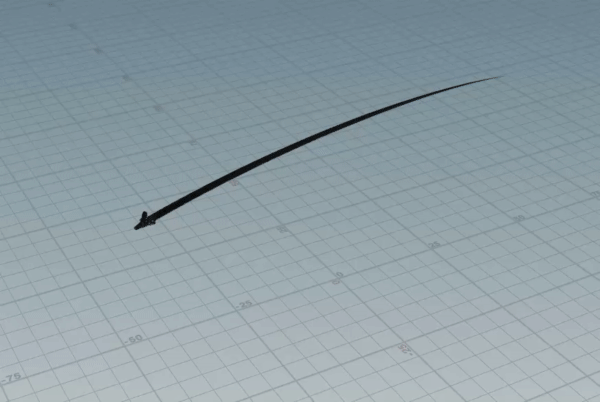
Imported into Unreal for lookdev testing:
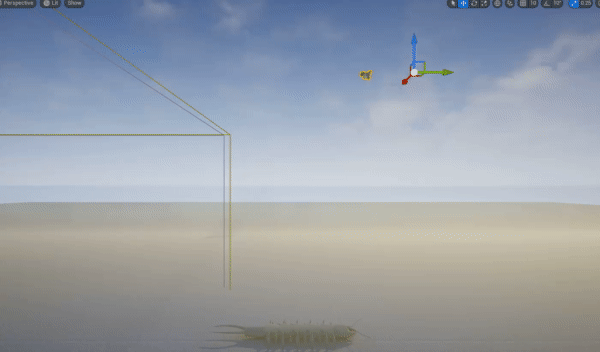
What I learned: smoothing the head path and lowering spline point density near tight curves removes jitter. Phase offset on body lag + curvature banking sells the “alive” feel.
Character Skeleton, Skinning & Animation
Built a simple character rig from scratch — blockout mesh → skeleton → skinning → animation test.
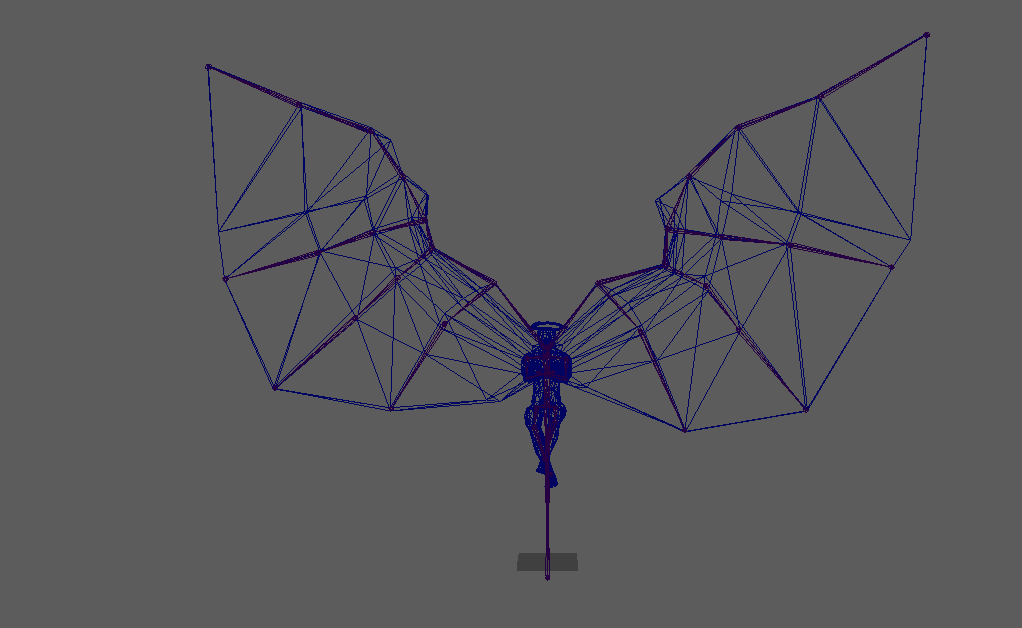
- Skeleton: pelvis, spine, arms, legs, head — minimal joints, clean orientation.
- Skinning: bound with geodesic + manual weight tweaks for shoulders/hips.
- Modeling: blockout mesh with clean topology for deformation practice.
- Animation: short cycle to check weights + timing, tested volumetric skinning per joint.
What I learned: with a small skeleton you don’t need many controls — clean weights on hips/shoulders matter most. Even simple meshes can read if timing is solid.
Stone Wall Tool
First procedural mesh I textured properly — learning to get Houdini procedural data to work with Substance Painter.
What I learned: clean UVs + curvature/ID masks are essential. Exporting procedural masks from Houdini gave me reliable layering in Painter.
Material & Lookdev Tests
Exploring early shaders for character + environment surfaces.

Roughness and color blockouts to prototype tactile read:
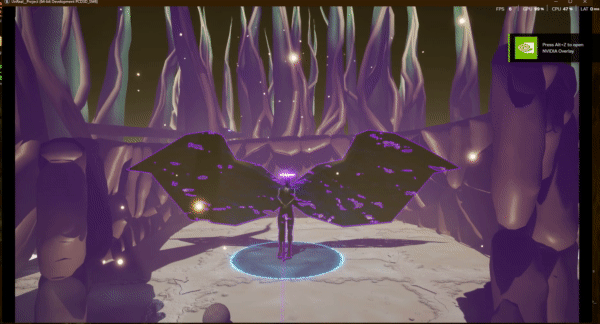
Lighting Explorations
Iterated on multiple blockout setups to find mood and readability.
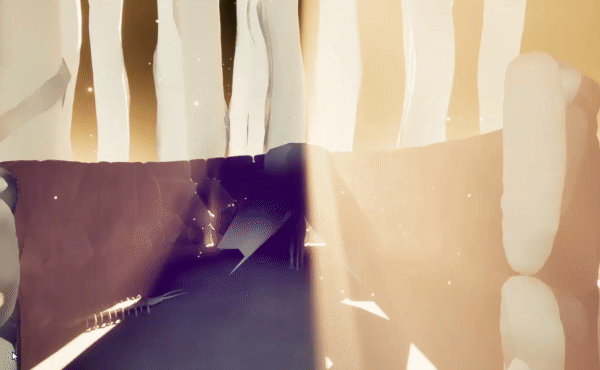
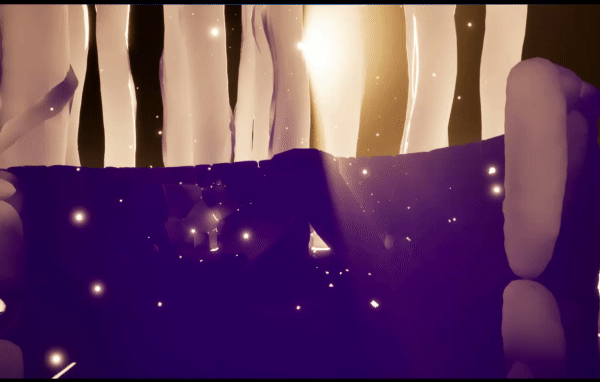
Centipede Breakdown (Unfinished Study)
This centipede started as a modeling + rigging test, but became my crash course in
procedural animation, axis math, and Unreal’s Control Rig workflow.
I didn’t finish the IK setup in Unreal before my time ran out — mostly because I hadn’t scoped the study.
But even unfinished, I learned more here about rigs, segment math, and procedural motion than in any other single exercise.
Unreal prototype — segments attach to ground, but leg IK needed more work.
Procedural Houdini rig — segment count and motion controlled via parameters.
Head, tail, and body segments modeled in Maya, then turned into Houdini tool inputs.
What I learned:
- Scoping studies matters — I tried to do too much at once.
- Procedural animation is unforgiving: axis math must be exact or motion falls apart.
- Control Rig in Unreal gave me a strong foundation in runtime rigging workflows, even if I didn’t finish.
- Separating modeling (Maya) and procedural rigging (Houdini) gave me flexibility in iteration.



